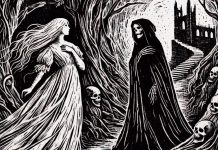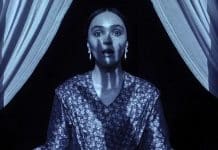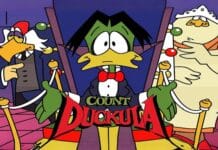The Hunger 1983 – a stylish vampire horror flick – is reviewed by JAMES E. PARSONS
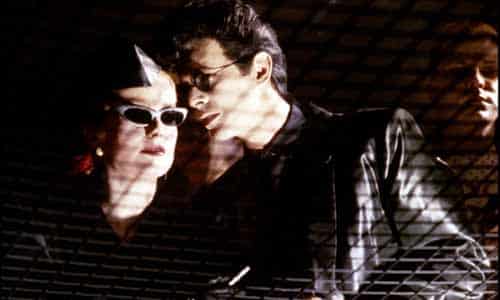
TITLE: The Hunger
YEAR RELEASED: 1983
DIRECTOR: Tony Scott
CAST: David Bowie, Catherine Deneuve and Susan Sarandon
Review of The Hunger 1983
Every decade produces new vampire movies and from the 1980s came The Hunger 1983, a stylish and artistic film.
The Hunger was directed by Tony Scott in 1983, after he found no luck in filming the gothic vampire novel, Interview With The Vampire by Anne Rice. There are many similarities between the two projects.
The Hunger 1983 stars David Bowie as John, Catherine Deneuve as Miriam Blaylock and Susan Sarandon as science researcher Susan Roberts. It is an unusual film in that the two vampires are anti-heroes but vulnerable and desperate. The Hunger was criticised and performed terribly at the cinema, but it gained a cult following. It was probably ahead of its time with its visually-powerful, almost expressionistic style almost overpowering the narrative and acting.
This was not another splatter or slasher flick. The Hunger is an artistic and philosophical movie, a film of suspenseful fear and terror. It confused and irritated some, horror fans especially, with the main characters being portrayed by not expected genre or Hollywood stars. Beginning in a nightclub, the atmosphere is built up, before the first sudden blood spilling is revealed. It offers a different kind of vampire film, empathy for the monster, though our connection to them is almost lost among the artistic direction.
This could arguably be the first movie to portray the vampire point of view. It presents the vampire as not blood sucking monsters but desperate tortured soul damned. I did admire the direction, original framing of shots, lighting, crafted to precision. The film offers memorable scenes of tragic horror. It can take focus and interest to understand this movie and appreciate it. It is not perfect, with a number of flaws and it will not please all horror film fans.
Bowie does suit the role of vampire, but could have gone further. Deneuve, possibly overacts, but well. Both of them are convincing as a complex and conflicted pair of vampire lovers. It possibly lacks narrative logic. Confused and losing focus, Scott concerned with visually poetic yet disturbing scenes. It does shock with sensual and violent sequences between the steady suspense and quiet terror.
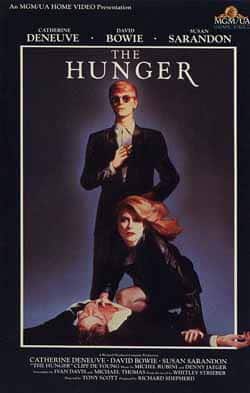
It shares similarities to the work of European and international horror directors such as Jess Franco or Mario Bava. It respects the horror genre and explores the vampire myth in an original manner. Sarandon is the strongest performance, curious but bold and defiant.
The film settles with thoughtful suspense, gradually revealing these two enigmatic characters and their dark lives. Miriam is John’s manipulative vampire lover, distant and controlling. They have a civilised wealthy life, in denial of their horrific deeds which make them so different and deadly. There is influence of Hitchcock and Brian De Palma, the exactly crafted detail and finely measured suspense an obvious salute to those masters of cinema.
There are a number of highly-dramatic scenes. A young child, given music lessons, is killed in a terrible way by John. The rare bloody scenes possibly carry more effect between the constant quite drama. It illustrates the loneliness, sadness, and secret life of vampires. It also owes much to the films of Dario Argento, also often criticised for lack of narrative logic due to similar stylised imagery and terror.
The Hunger 1983 is tragic and difficult but a classic respectable and credible horror film. Anyone wanting a fast paced, messy, loud splatter movie look elsewhere-this is a different film, but one that still definitely has bite.
Tell us your thoughts about The Hunger 1983 in the comments section below!
Watch The Hunger 1983 trailer
JAMES E PARSONS, has a BA(Hons) in media production, has worked in film and animation and is currently an author and writer based in Manchester. His twitter is @ParsonsFiction


